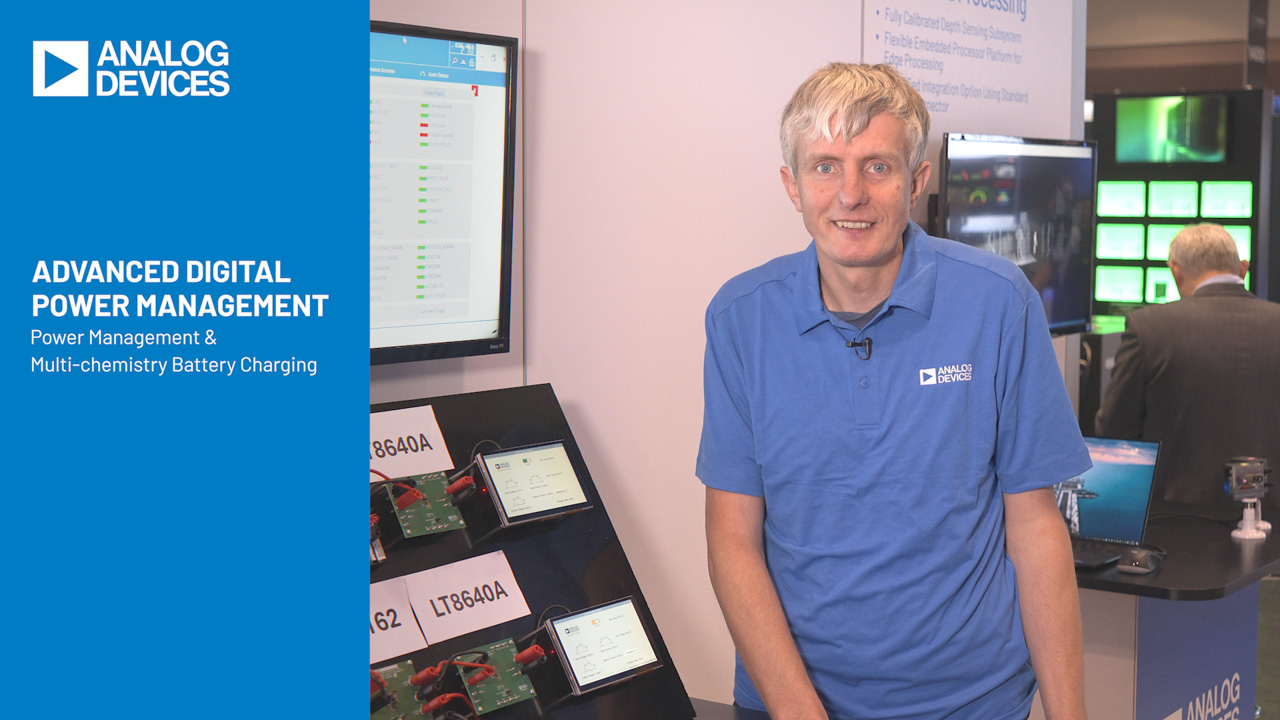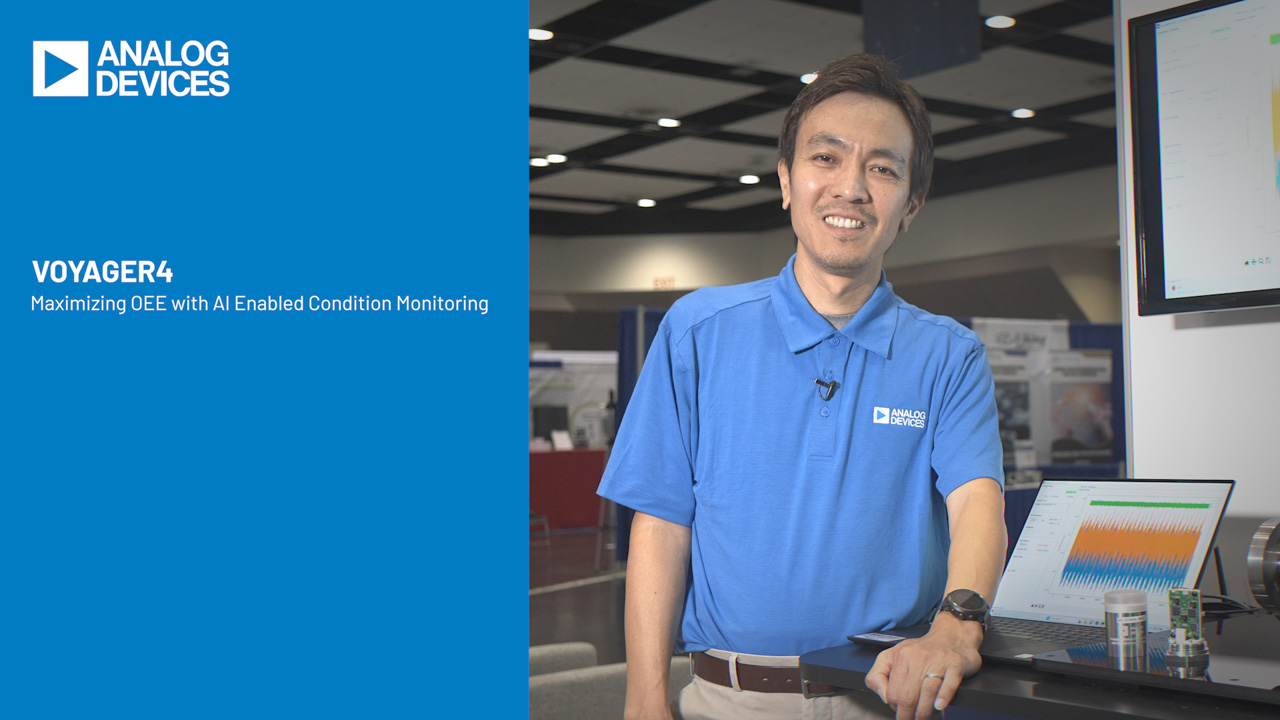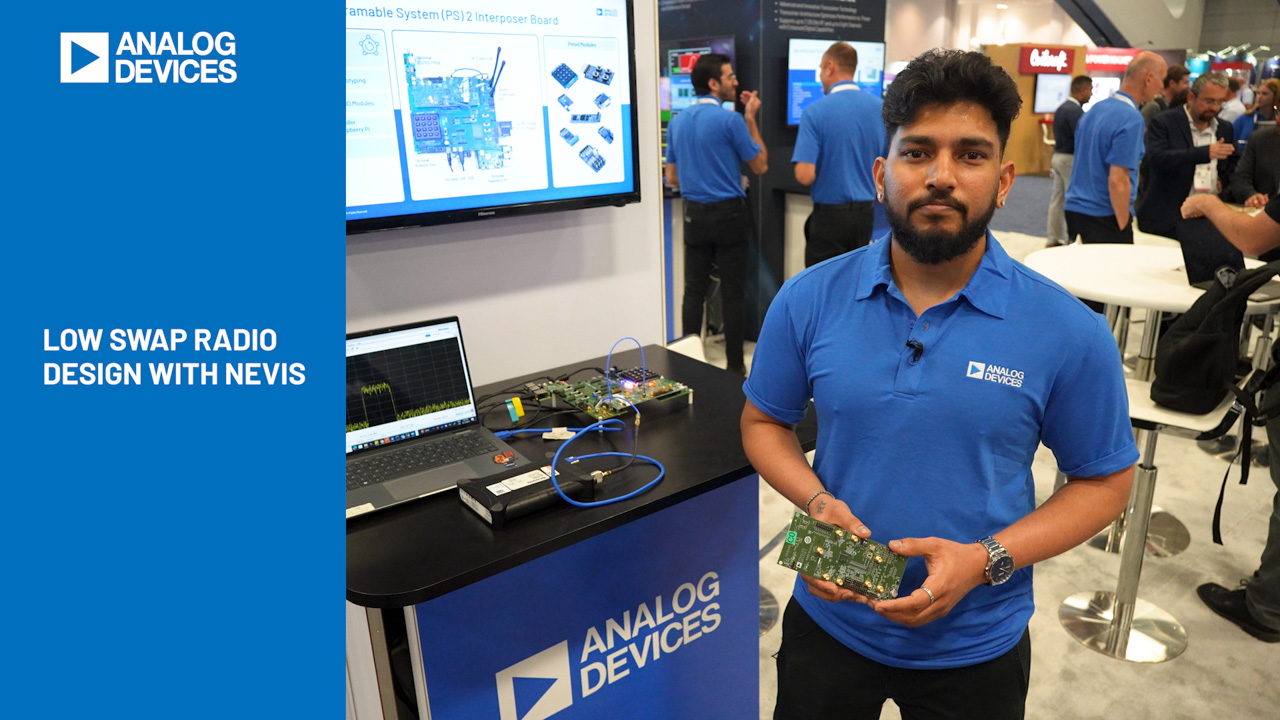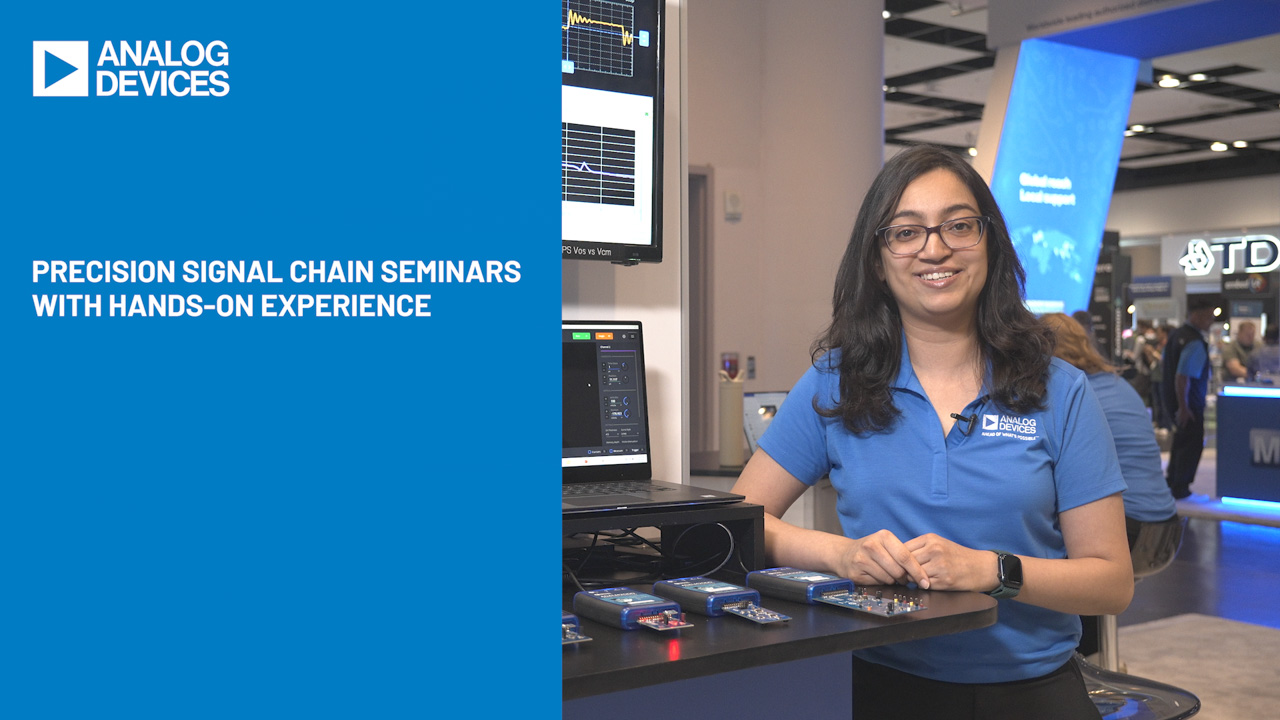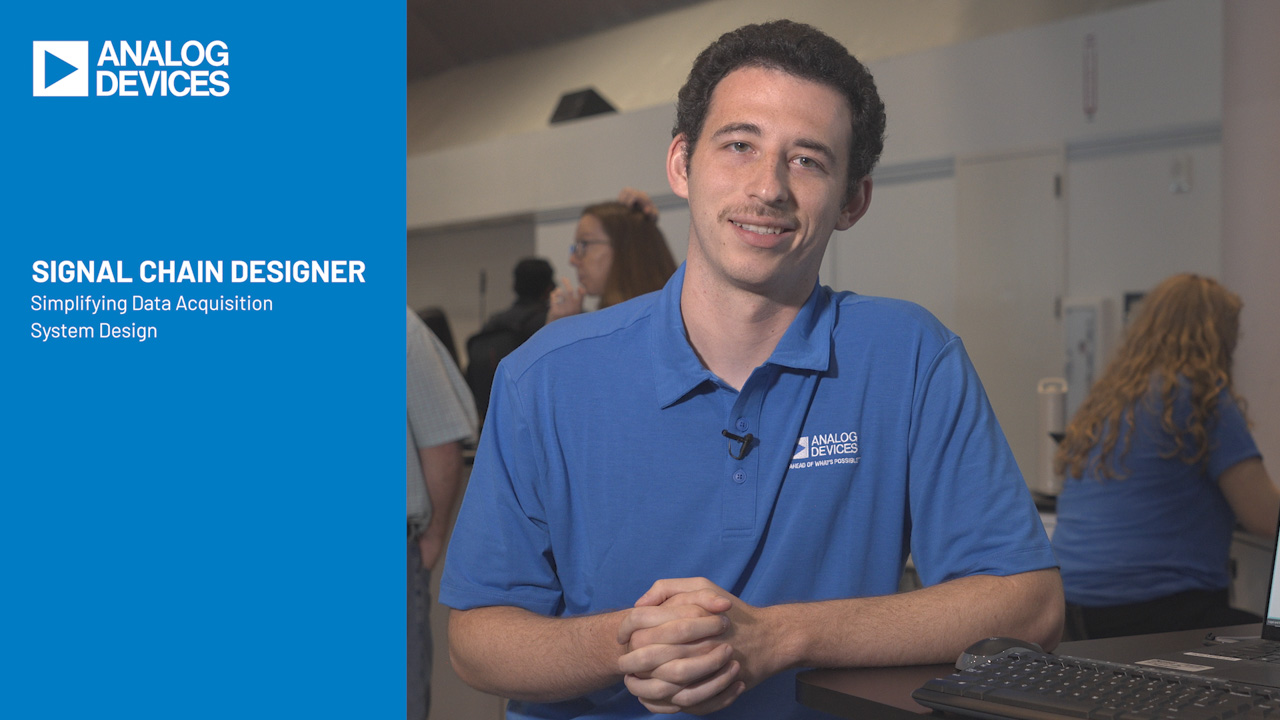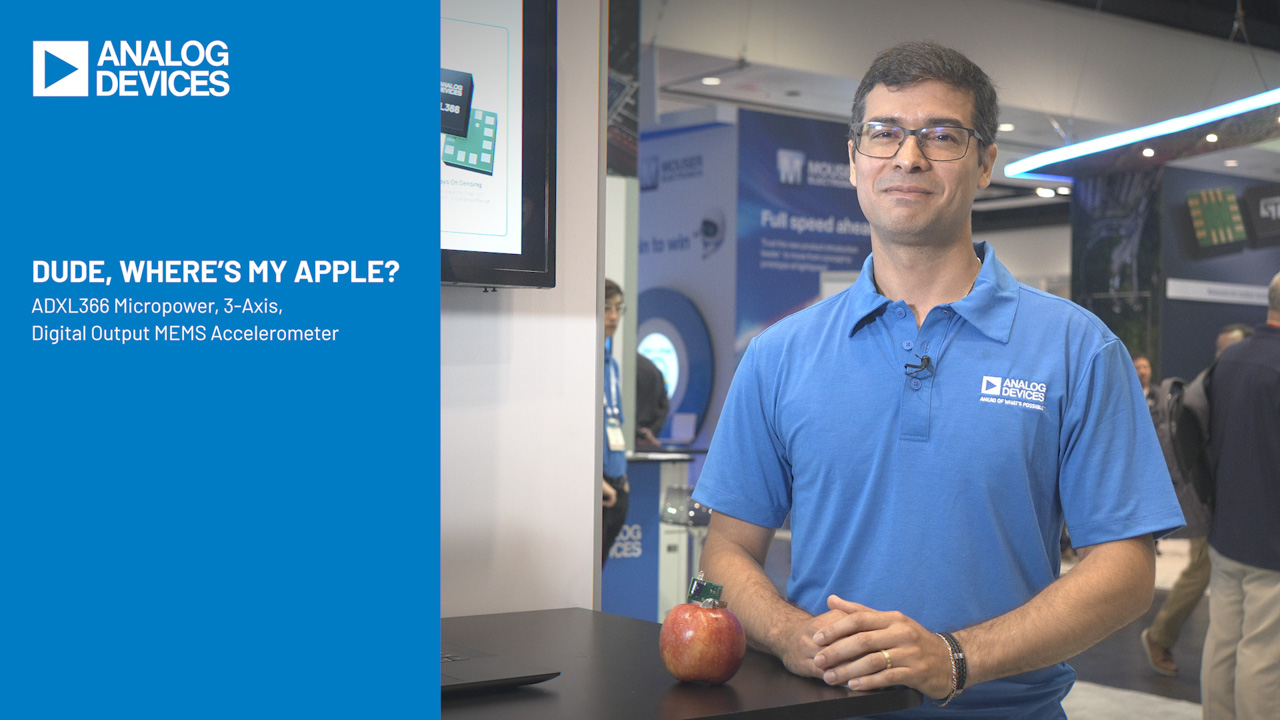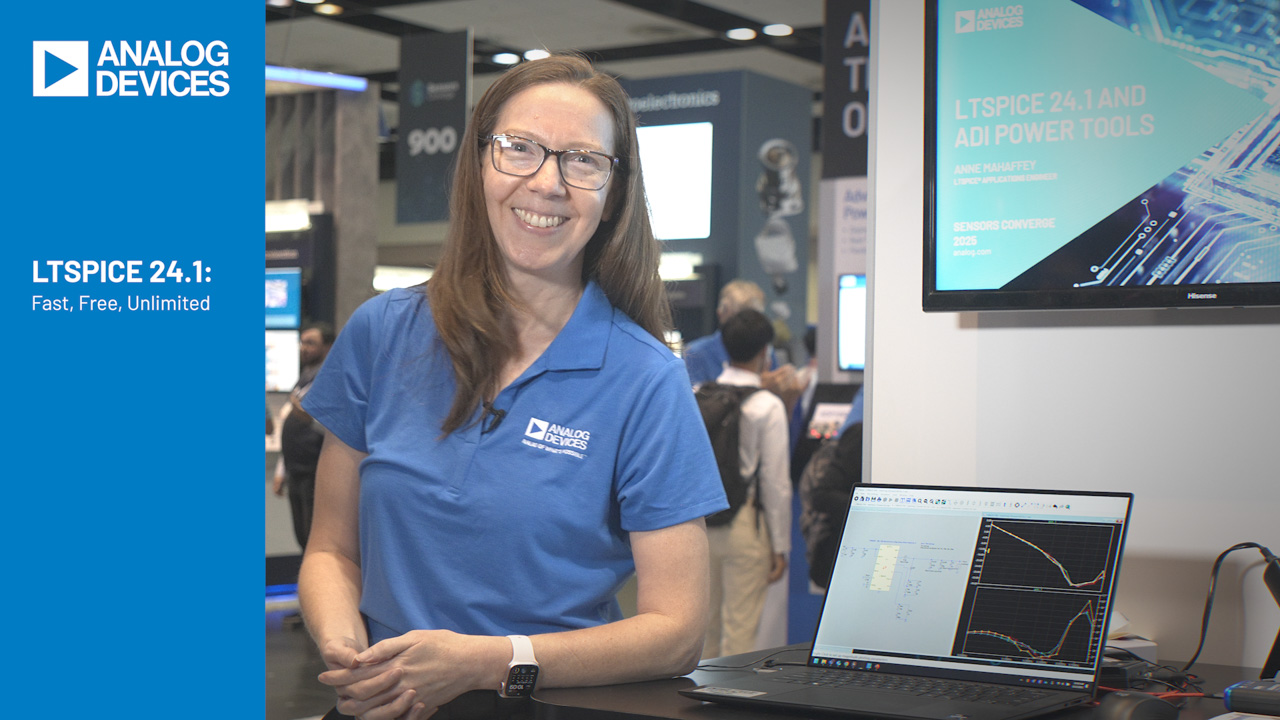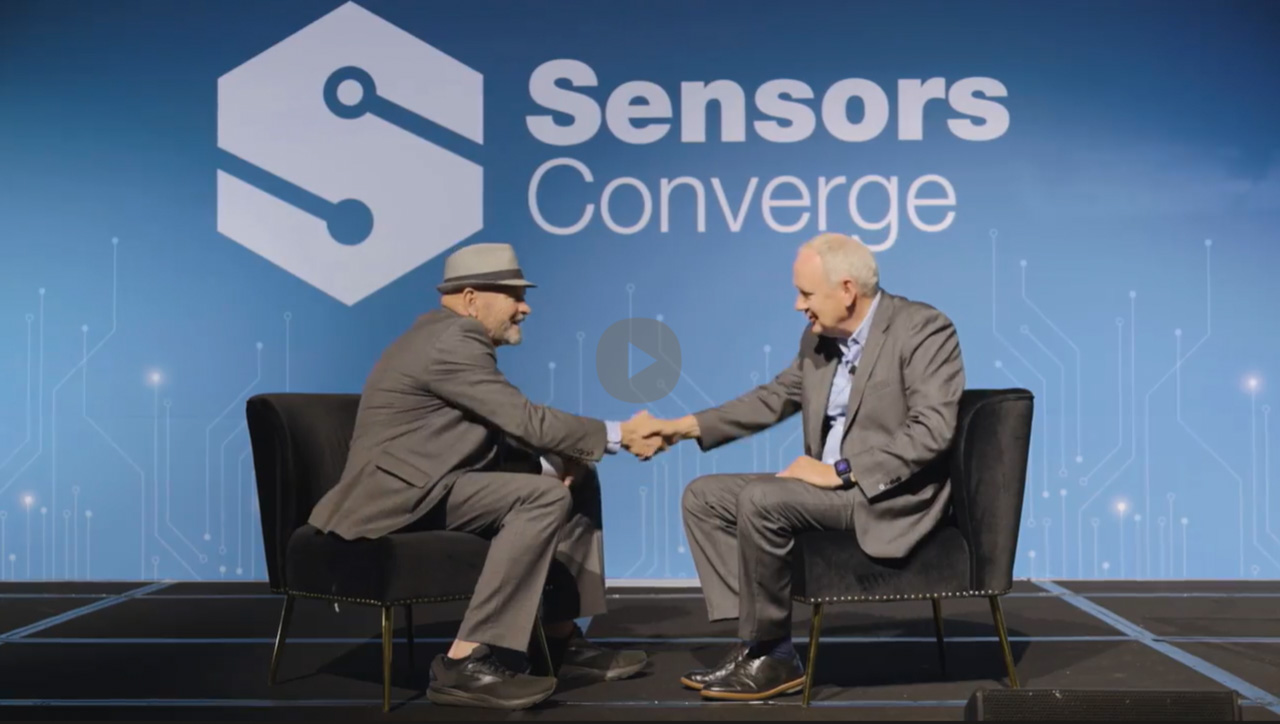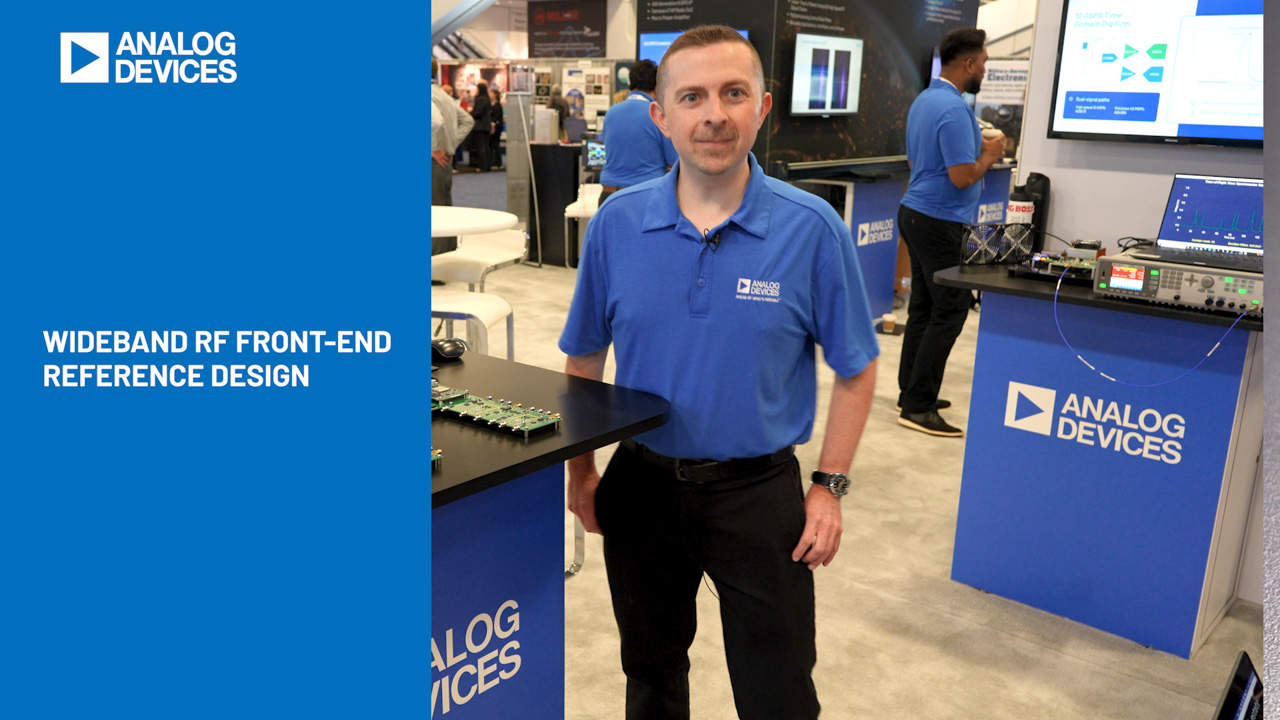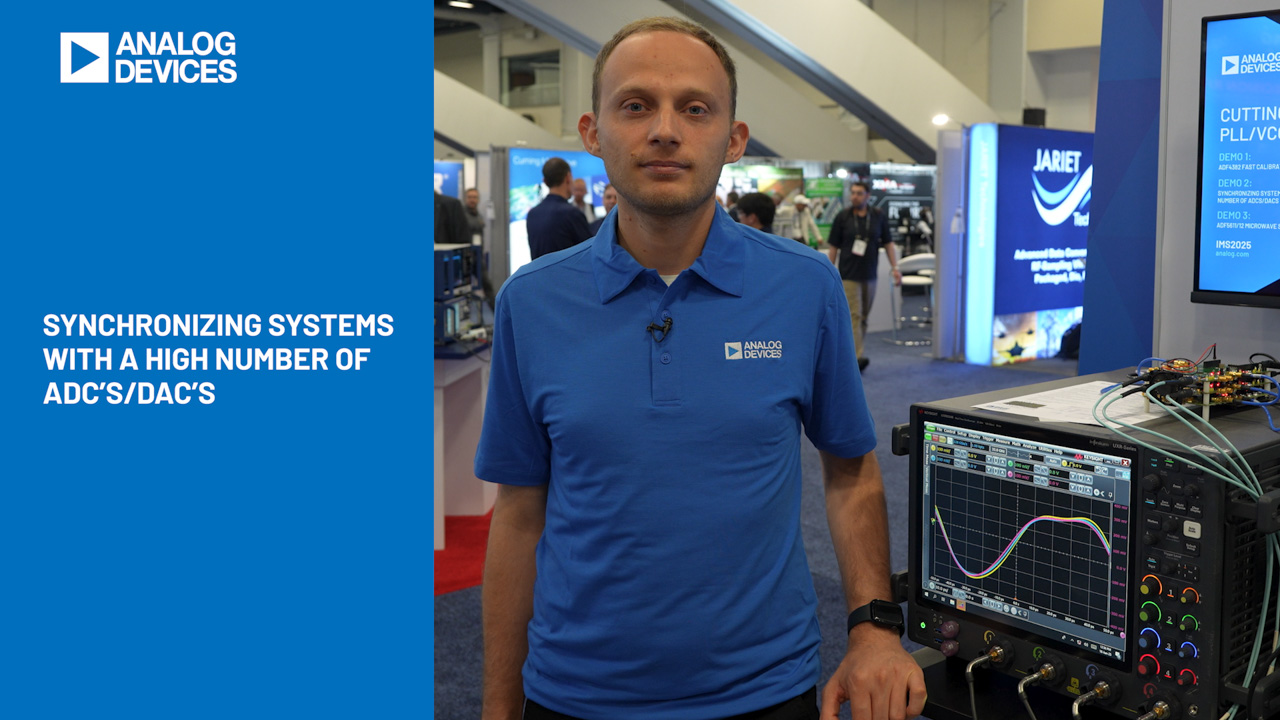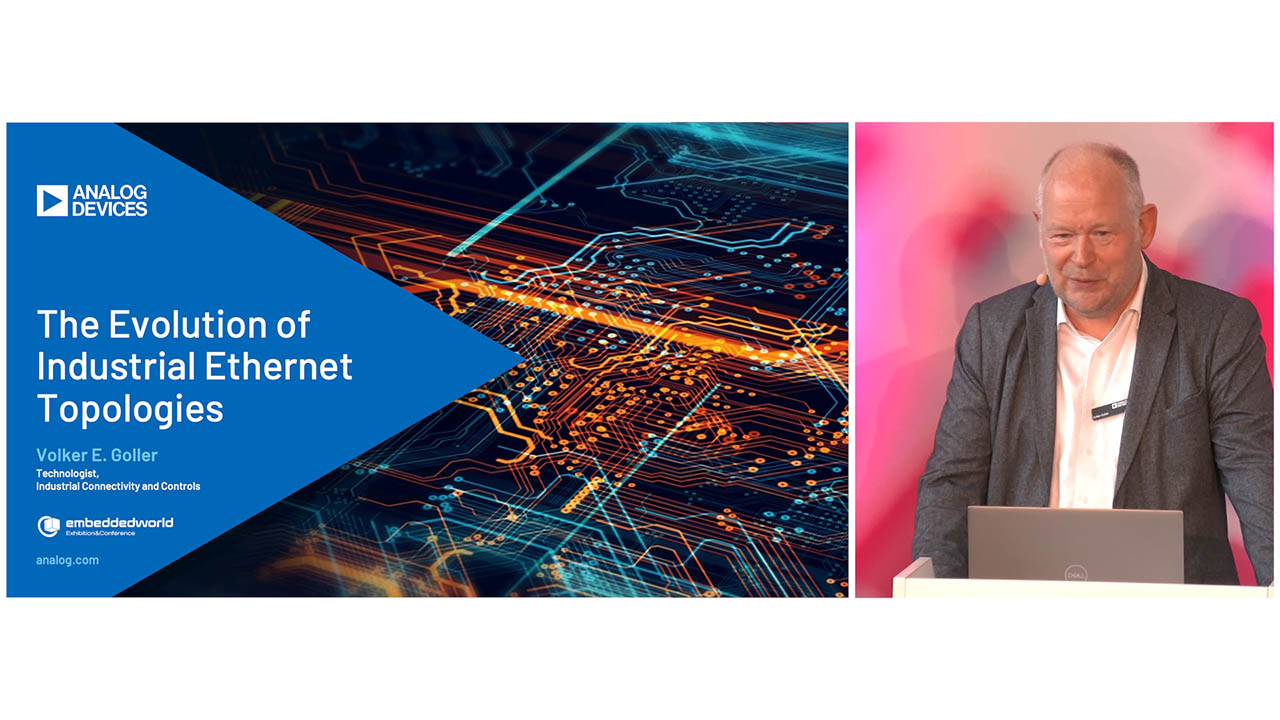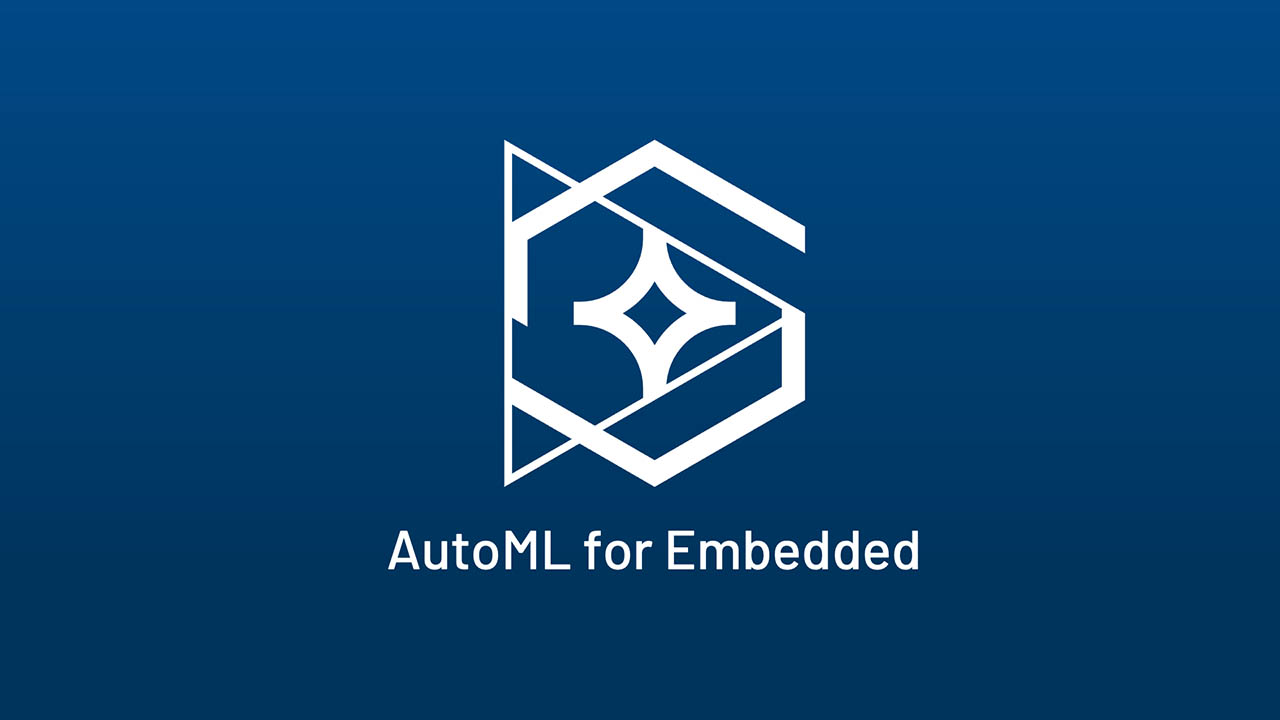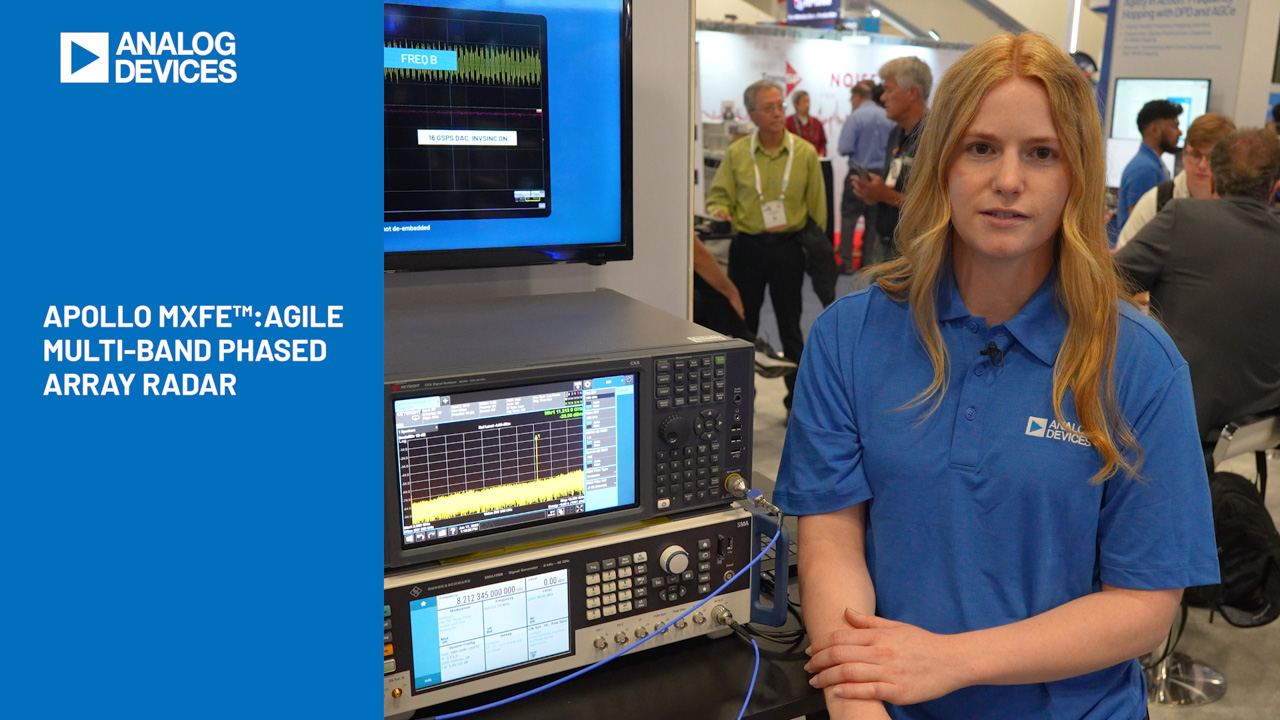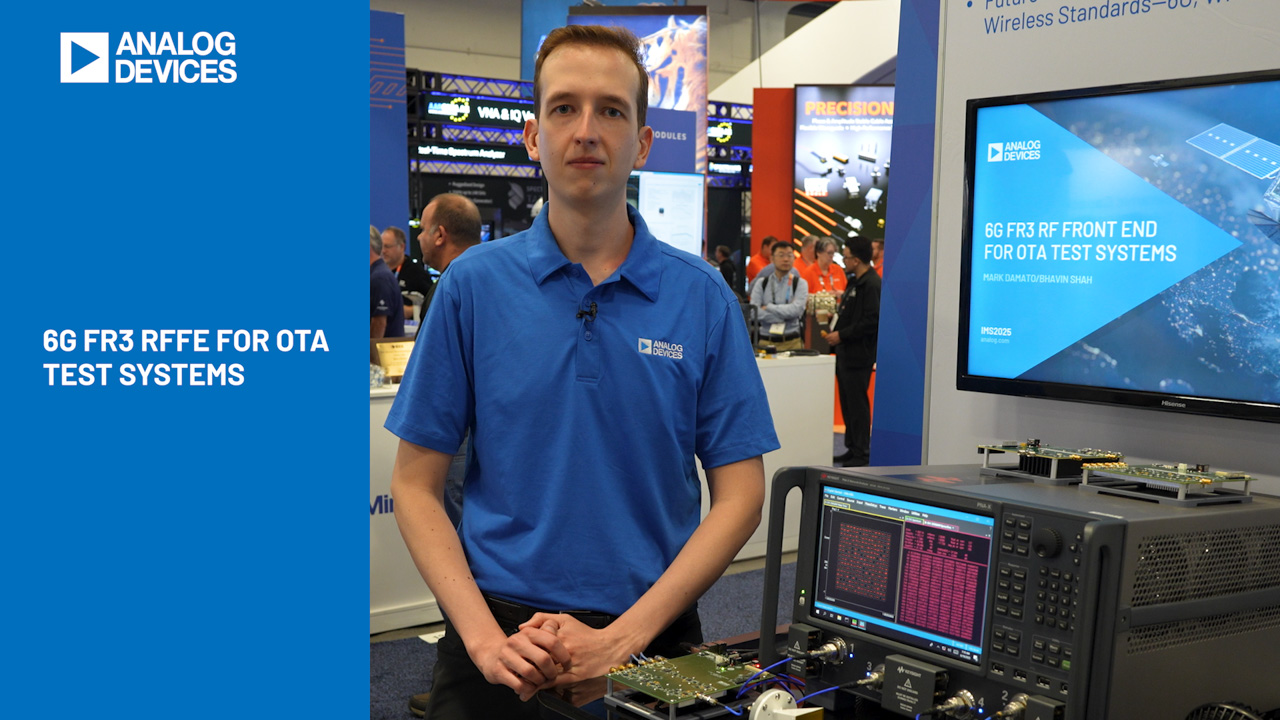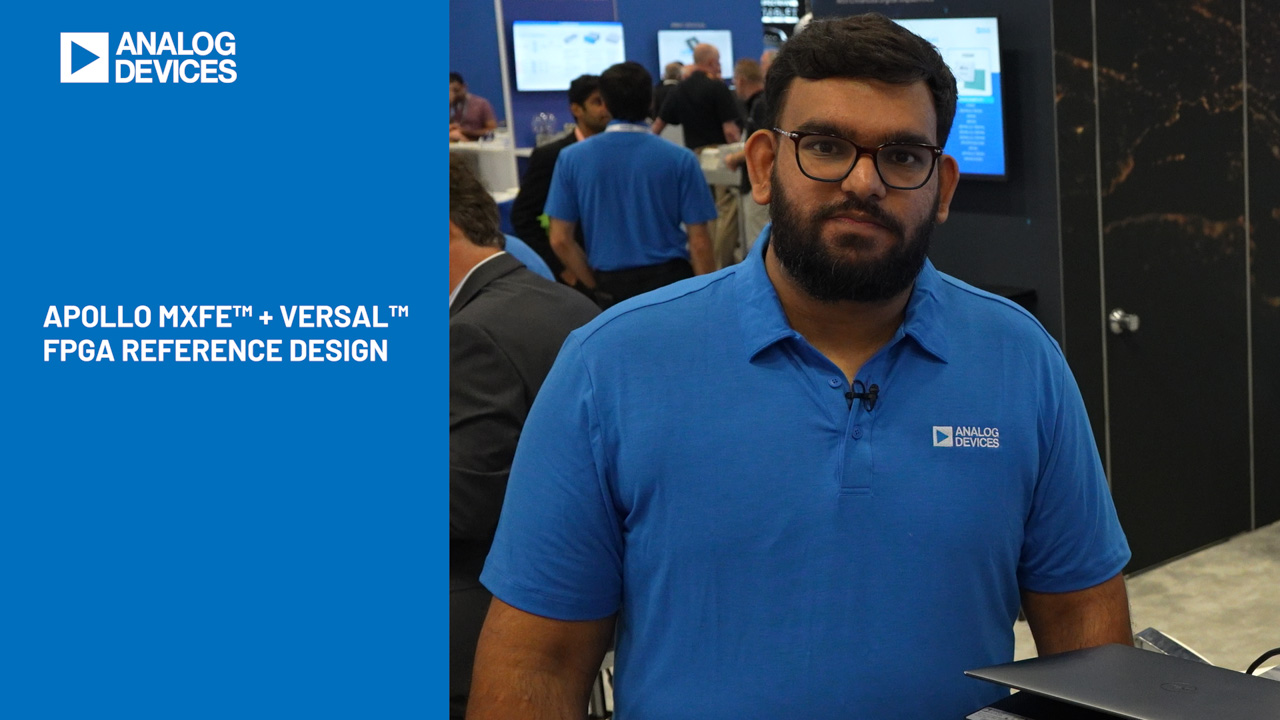Power by Linear Addressing the Next Challenges
Today we are talking with Tony Armstrong about how Analog Devices is addressing the next challenges in power. Tony Armstrong is the product marketing director for Analog Devices’ Power by Linear™ Product Group. He is responsible for all aspects of the power conversion and management products, from their introduction through obsolescence.

Last year ADI took over the Linear Technology Corporation. Did that “create a high performance analog leader” as the company claims?
If you recall, back in March of 2017, when ADI officially took over Linear Technology, Vincent Roche said “The combination of Analog Devices and Linear Technology brings together two of the strongest business and technology franchises in the semiconductor industry. Our shared focus on engineering excellence and our highly complementary portfolios of industry-leading products will enable us to solve our customers’ biggest and most complex challenges at the intersection of the physical and digital worlds. We are creating an unparalleled innovation and support partner for our industrial, automotive, and communications infrastructure customers, and I am very excited about what this acquisition means for our customers, our employees, and our industry.” Even though it has only been a little over one year since the acquisition, it is our belief that we have created the high performance analog leader.
Regarding power electronics, your product portfolio covers a broad application range from battery management and energy harvesting to power control and µModule® regulators. In which segments do you see major activities right now and in which do you expect major growth in the future?
ADI’s Power by Linear µModule products are complete system in a package power solutions that minimize design time and solve the most common problems of board space, heat dissipation, and density issues. Our µModule products are complete power management solutions with integrated dc-to-dc controller, power transistors, input and output capacitors, and compensation components and inductors within a compact, surface-mount BGA or LGA package. Designing with micromodule products can significantly reduce the amount of time needed to complete the design process by up to 50% depending on the complexity of the design. The µModule regulator family transfers the design burden of component selection, optimization, and layout from designer to device, shortening overall design time, system troubleshooting, and ultimately improving time to market. At the same time, switch-mode power supply design expertise is declining around the world, while time-to-market pressures are increasing. Having a simple and done solution has many benefits for manufacturers that need a finished power supply that is guaranteed to work right the first time.
PbL’s µModule regulator solutions integrate key components commonly used in discrete power, signal chain, and isolated designs within a compact, IC-like form factor. Supported by our rigorous testing and high reliability processes, our µModule product portfolio simplifies the design and layout of power conversion designs.
The µModule family of products embraces a wide range of applications, including point-of-load regulators, battery chargers, LED drivers, power system management (PMBus digitally managed power supplies), isolated converters, battery chargers, and LED drivers. As highly integrated solutions with PCB Gerber files available for every device, µModule power products address time and space constraints while delivering a high efficiency, reliable, and, with select products, a low EMI solution compliant with EN 55022 Class B standards.
As design resources become stretched by increased system complexity and shortened design cycles, the focus falls on development of the key intellectual property of the system. This often means the power supply gets put to one side until late in the development cycle. With little time and perhaps limited specialist power design resource, there is pressure to come up with a high efficiency solution with the smallest possible footprint.
This is where the µModule regulator provides an ideal answer; the concept is complex on the inside, simple on the outside—the efficiency of a switching regulator and the design simplicity of a linear regulator. Careful design, PCB layout, and component selection are very important in the design of a switching regulator and many experienced designers have smelled the distinctive aroma of burning circuit board in the earlier days of their career. When time is short or power supply design experience is limited, the ready-made µModule regulator saves time and reduces risk to the program. As a result of all the features and benefits outlined herein, it is easy to see how the µModule regulators are one of our fastest growing product categories.
Are there certain market segments and regions showing a high demand for power electronics?
Right now, virtually all market segments and geographic regions are exhibiting high demand for power electronics. Major driving factors include the LTE 4G infrastructure build out, the electrification of the automobile, and the insatiable demand for data that drives the need for more data centers to be built with increased through-put capacity.
By way of an example, let’s take vehicle electrification. The newly proposed automotive standard, LV 148, combines a secondary 48 V bus with the existing 12 V system. The 48 V rail includes an integrated starter generator (ISG) or belt start generator, a 48 V lithium-ion battery, and a bidirectional dc-to-dc converter for delivery of up to 10 kW of available energy from the 48 V and 12 V batteries combined. This technology is targeted at conventional internal combustion automobiles, as well as hybrid electric and mild hybrid vehicles, as auto manufacturers strive to meet increasingly stringent CO2 emissions targets.

For this new standard, the 12 V bus will continue to power the ignition, lighting, infotainment, and audio systems. The 48 V bus will supply active chassis systems, air conditioning compressors, adjustable suspensions, and electric superchargers/turbos, and will also support regenerative braking. The decision to use an additional 48 V bus, which is expected be available across production model ranges soon, can also support starting the engine, which would make stop-start operation smoother. Moreover, the higher voltage means smaller cable cross-sections are needed, which reduces cable size and weight. Today’s high end vehicles can have more than 4 kilometers of wiring. Vehicles will become more like PCs, creating the potential for a host of plug and play devices. On average, commuters spend 9% of their day in an automobile. Thus, introducing multimedia and telematics into vehicles can potentially increase productivity as well as providing additional entertainment.
The future for the 48 V battery system is very much near-term. According to some auto manufacturers, a 48 V-based electrical system results in a 10% to 15% gain in fuel economy for internal combustion engine vehicles, thereby reducing CO2 emissions.
Moreover, future vehicles that use a dual 48 V/12 V system will allow engineers to integrate electrical booster technology that operates independently of the engine load, thereby helping to improve acceleration performance. Already in its advanced development phase, the compressor is placed between the induction system and intercooler and uses 48 V to spin-up the turbos.
According to market experts, power modules are exhibiting the highest growth in power electronics. Do you agree?
Yes, it is true that power modules are currently experiencing high growth rates at this time. The reasons for this have already been discussed and outlined in the answer to question number 2.
What is your position on new technologies like SiC, GaN, IEGT, and wide band gap? How will they affect your power electronics products in the near future?
It is clear that SiC and GaN technologies have large future potentials for growth as these technologies develop and become more mainstream. We cannot go into the specifics of what we are doing in these product areas other than to say that we are closely watching how these technologies and their market growth potentials are developing. Should we see an area where we can bring strong product solutions, we will develop and design high performance solutions for them.
Vincent T. Roche, your CEO, recently mentioned, that “5G represents an enormous opportunity for ADI.” How do your power electronics products participate in that?
5G performance is hundreds of times faster than 4G. Theoretical download speeds reaching 10 Gbps. Dramatically increased reliability and greatly reduced latency. But the real story is the rise of 5G and how it will impact our lives. Imagine downloading a feature film, in 4k resolution, in seconds. Imagine virtual reality completely indistinguishable from actual reality.
Moreover, imagine an always-on, always-connected world of 50 billion devices—all working to make your commute easier, your home smarter, your body healthier, your entertainment more immersive, and our world safer. That is our 5G future. Perhaps the best part is that the future is closer than ever, with 5G being designed and tested right now. Together, National Instruments and Analog Devices are working to develop 5G—with innovations, and a partnership, that are ahead of what’s possible.
National Instruments gives engineers and scientists the innovative tools they need today to create groundbreaking solutions that define tomorrow. NI’s design and test instruments, which enable the research and development of 5G, are another manifestation of this commitment.
One example is National Instruments’ family of second-generation vector signal transceivers. The RF VST combines multiple instruments—including an RF signal generator, RF signal analyzer and user-programmable FPGA—into a single 2 slot PXI module. Similarly, the baseband VST combines a baseband IQ signal generator, baseband IQ digitizer, and user-programmable FPGA into a 2-slot module. The unique design of both instruments allows engineers to lower the price of testing by accelerating measurements and lowering the cost of capital equipment.
This performance and reprogrammability enables engineers to develop test and characterization programs for multiple cellular standards (including 3G, 4G, LTE, and 5G, along with wi-fi and Bluetooth®) with a single, integrated solution. And because the second-generation VST can rapidly adapt to each new standard through software, it can significantly accelerate 5G prototyping and test development.
The resulting efficiencies and performance gains reduce test time and costs and allow for increased speed to market for the most advanced designs. Evidence of this success can already be found in universities and corporate efforts around the world, where National Instruments’ reprogrammable instrumentation is currently enabling 5G NR (new radio) prototyping in massive MIMO, millimeter wave, channel sounding, and waveform development.
And as 5G continues to be developed, the second-generation VST’s performance and flexibility enable it to adapt to changing standards, making it an invaluable, future-proof tester for tomorrow’s demanding 5G challenges.
There are over 100 Analog Devices components fueling the second-generation VST’s vast performance improvement and reduced form factor. But just as important as these 100 optimized solutions is the one deep partnership shared between Analog Devices and National Instruments. It is through this partnership that ADI and NI could discuss how the second-generation VST could work at the performance levels needed by the industry, with ADI providing parts customized to NI’s exact specifications. Together, NI and ADI tested and optimized part performance in an iterative fashion, giving NI the ideal solutions to integrate into the second-generation VST and driving mutual insights into the performance needs of 5G.
How are your opportunities in markets like renewable energy sources, power infrastructure, and battery-powered portable devices?
PbL manufactures a comprehensive line of high performance battery charger ICs for any rechargeable battery chemistry, including lithium-ion, lead acid, and nickel-based for many types of battery-powered portable products. These battery charger ICs are offered in linear or switching topologies and are completely autonomous in operation, or can be utilized with a microcontroller. Charge currents from as little as 10 mA, up to 4 A are easily attained. Other notable features include battery preconditioning, thermal regulation, NTC interface, and dual smart battery systems management with SMBus or I2C interface. They make an excellent choice for the care and feeding of batteries used in automobiles should the main battery be disconnected and an emergency call via a wireless system is necessary.
Another key growth market of interest to us is in the field of green technology. Any products targeted toward energy conservation or energy harvesting will see growth opportunities and be insulated from the current market conditions. Energy costs and environmental concerns, as well as the need to extend battery life for mobile devices, has resulted in a focus on power optimization for a wide range of applications. Our energy efficient products enable customers to convert power more efficiently, consume less power, and extend battery life. Our LED drivers enable a new generation of low power lighting for a range of applications, from cars and medical instruments to laptops and office lighting. Our efficient analog solutions will play a role in driving innovative clean tech markets such as solar and wind power systems.
What kind of hand holding do you offer design engineers who are looking for the best solutions in power electronics? What about Analog Devices Wiki?
As our customers’ design resources become stretched by increased system complexity and shortened design cycles, their focus falls on the development of the key intellectual property of the system. This often means the power supply gets put to one side until late in the development cycle. With little time and perhaps limited specialist power design resource, there is pressure to come up with a high efficiency solution with the smallest possible footprint.
This is where Analog Devices PbL support team becomes a valuable aid to customers’ power supply needs. Not only do we supply ready-made and proven solutions, we have applications engineers available to do the complete power tree for them if needed. Nevertheless, we have numerous software design tools that are available free-of-charge from our web site. Here are some specifics:
- LTpowerPlay® is a powerful development environment supporting the power system management products of Analog Devices, including PMBus power system managers and dc-to-dc power converters with PSM. The software supports a variety of different tasks, including an offline mode (with no hardware present) in order to build a multichip configuration file that can be saved and reloaded at a later time.
- The LTpowerCAD® design tool is a complete power supply design tool program that can significantly ease the tasks of power supply design and provides recommendations for component values and performance estimates specific to the user’s application with the µModule and monolithic dc-to-dc regulator products of Analog Devices. This guides the user through the entire design process—reducing design effort and speeding up design time.
- ADIsimPE, which is powered by SIMetrix/SIMPLIS, is a circuit simulation suite optimized for the design and development of analog and mixed-signal circuits. SIMetrix mode is ideal for the simulation of general nonswitching circuits. It provides full Pspice® compatibility for use with industry-standard SPICE models. SIMPLIS (simulation piece-wise linear system) mode simulates the operation of switching circuits with vastly improved robustness, speed, and accuracy compared to standard SPICE. It is particularly useful for switching power supply, PLLs, and ADC/DAC applications.
- ADIsimPower™ Selector uses your specific application requirements and compares solutions from over 300 power management parts and over 10 different topologies. Each solution takes into consideration the IC, external components, and operating condition to be able to compare expected performance.
- LTspice® is a high performance SPICE simulation software, schematic capture and waveform viewer with enhancements and models for easing the simulation of analog circuits. Included in the download of LTspice are macromodels for a majority of Analog Devices switching regulators, amplifiers, as well as a library of devices for general circuit simulation. LTSpice is a free software program from ADI that allows circuit designers to simulate their circuits in real time - in minutes.


